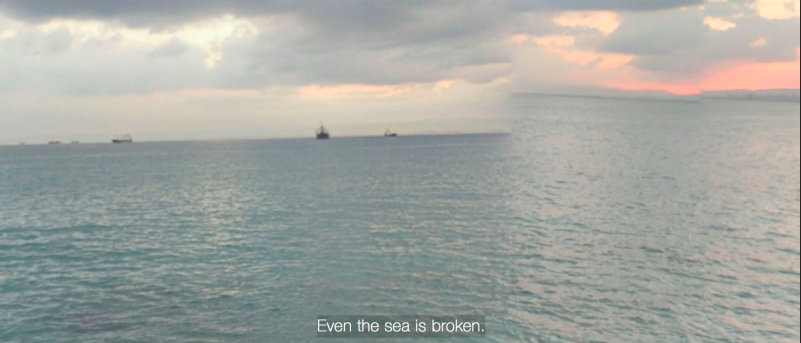
FMST 620/AA (Winter 2024): TOPICS IN NON-EUROP. CINEMAS
Migration struggles are a global struggle against capital and empire. The logics of border formation and structures of displacement traverse seemingly disparate geographies to expel, immobilize, exploit, and criminalize historically marginalized communities including migrants, refugees, the undocumented, Indigenous and Black people, and People of Color. While bordering practices take different forms—such as fabricated migration crises in Europe, anti-Black carcerality in the US, colonial infrastructures in Palestine, export processing zones in Mexico, and urban gentrification in Canada—they all are, to quote writer and activist Harsha Walia, “the scaffolding for ordering regimes that simultaneously manufacture and discipline surplus populations while parasitically extracting land, labor, and life itself.” Put differently, bordering practices are not limited to the nation-state, but should be located within broader systemic forces that maintain and reinforce a racialized global system of subjugation and exploitation through forced im/mobilization.
The course engages with this global perspective on bordering practices as violent mediators of capitalism, colonialism, and imperialism through the lens of film and moving image studies, anchoring the analysis of border struggles within film and art practices as well as processes of mediation. Rather than focusing on border spectacles emerging from Western sites of media and knowledge production, we will begin from the get-go with counter-visual media interventions that expose the logics, formation, and function of borders, and present counter-narratives, counter-images and counter-histories that oppose the ones produced by contemporary media regimes to shape public imaginaries.
We focus on media-based interventions for the following reason: we want to learn about border struggles as well as about the politics of image-making and representation from media makers as thinkers themselves. Each weekly session is centered on one or more artistic interventions that critically brings to light a particular aspect of borders and displacement. While many of the interventions we engage with are from or about the Arab World, they are put into conversation with works by filmmakers and artists from Black, Indigenous, and other People of Color communities to emphasize common struggles around borders and displacement, and to highlight the role of media in energizing transnational solidarity.
- Teacher: FARAH ATOUI